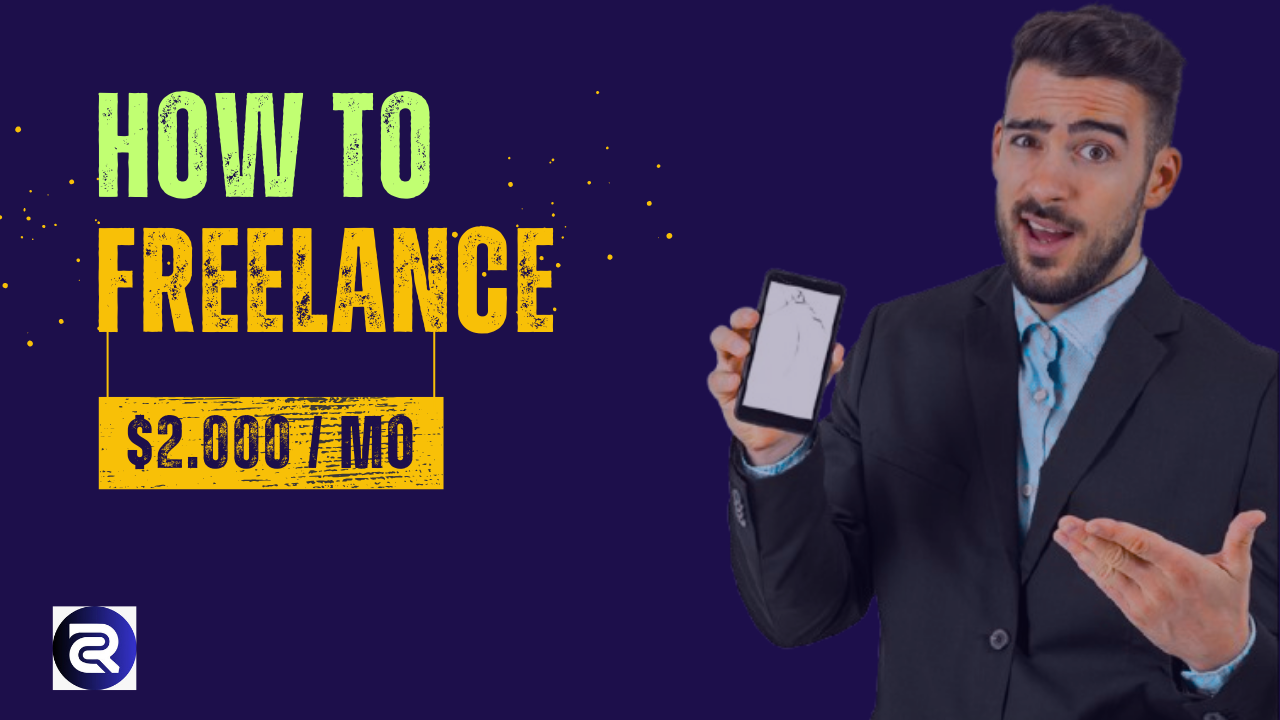Freelancing has exploded over the last decade, and in 2025, it’s no longer just a side hustle—it’s a full-blown career path for millions. Whether you’re a skilled designer, a sharp content writer, a coding wizard, or a social media strategist, becoming a freelancer can give you flexibility, independence, and global earning potential.
But here’s the truth: getting started as a freelancer isn’t just about signing up on a platform. It’s about creating a strategy that helps you stand out in a competitive marketplace and land quality clients.
This guide will walk you through exactly how to apply as a freelancer—from choosing your skills to crafting winning proposals, building your reputation, and scaling your income.
Table of Contents
Understand What Freelancing Really Is
Before you apply, it’s essential to know what you’re stepping into. Freelancing means you work independently, offering services to clients on a project or hourly basis. You’re not tied to one employer; instead, you work with multiple clients at once (or one at a time, depending on your workload).
Benefits of Freelancing:
- Flexibility – Work from anywhere, anytime.
- Income potential – Rates can increase as your skills and experience grow.
- Variety – Projects change, so you’re rarely stuck doing the same task for months.
Challenges to Expect:
- Irregular income – You may have great months and slow months.
- Self-discipline required – No boss looking over your shoulder.
- Client hunting – You need to consistently market yourself.
Identify Your Skills and Services
One of the first steps in applying as a freelancer is knowing exactly what you offer.
Here’s how to figure it out:
- List your core skills – These could be technical (like coding or SEO) or creative (like writing or design).
- Match them to market demand – Use platforms like Upwork or Fiverr to see what skills are in high demand.
- Pick your niche – Being a generalist is fine at first, but specialization helps you charge higher rates.
Example: Instead of “Graphic Designer,” you could brand yourself as “Brand Identity & Logo Design Specialist for Startups.”
Choose the Right Freelance Platform
Different platforms cater to different audiences, skills, and work styles. Here’s a breakdown:
Platform Best For Pros Cons
Upwork Professional services across industries Large client base, variety of projects Competitive, takes time to build credibility
Fiverr Creative, digital, and small tasks Quick to start, gig-based system Lower initial earnings unless you stand out
Freelancer.com All types of work Many projects posted daily High competition
Toptal Elite professionals (tech, finance, design) High pay, top clients Rigorous screening
PeoplePerHour Project-based work Flexible, less crowded Smaller client pool
LinkedIn Networking and direct clients No platform fees if billed outside Requires active networking
Create a Professional Freelancer Profile
Think of your profile as your online resume and sales page combined.
Profile Essentials:
- Professional photo – Smile, dress appropriately for your industry, use good lighting.
- Headline – Be specific: “SEO Copywriter for E-commerce Brands” is better than just “Writer.”
- About/Bio – Tell your story, your skills, and how you help clients.
- Portfolio – Include 3–10 of your best work samples.
- Keywords – Use words clients might search for (e.g., “Shopify store setup,” “WordPress developer”).
Learn How to Apply and Write Winning Proposals
When you see a job listing that matches your skills, you’ll need to submit a proposal (sometimes called a pitch or cover letter).
An effective proposal:
- Starts with a personalized greeting (avoid “Dear Sir/Madam”).
- Acknowledges the client’s needs (“I see you need a social media manager to grow your Instagram account…”).
- Explains your solution (“I’ve helped 12 brands grow followers by 200% in 3 months…”).
- Ends with a clear call-to-action (“If you’d like, I can share a free content calendar idea for your account”).
Pro Tip: Keep it short—clients get dozens of applications.
Build Your Portfolio (Even if You Have No Clients Yet)
Don’t have paid work to show? Create sample projects:
- Writers: Publish blog posts on Medium or LinkedIn.
- Designers: Create logos for fictional brands.
- Developers: Build demo websites.
Your portfolio proves you can do the job, even if you’re new.
Set Your Rates and Payment Methods
Starting rates should be competitive but fair for your time and skill.
- Beginners: May start at $10–$20/hour (or project-based pricing).
- Experienced freelancers: $50+/hour is common in specialized niches.
- Tip: Raise your rates gradually as you build credibility and reviews.
Get Your First Clients
Your first few jobs are the hardest to land. Try:
- Bidding on smaller projects to build your profile.
- Offering a discount in exchange for honest feedback.
- Reaching out to your network—sometimes your first client is a friend or former colleague.
Deliver Quality Work and Build Relationships
- Your reputation is your biggest asset as a freelancer.
- Meet deadlines.
- Communicate clearly.
- Exceed expectations when possible.
- A happy client can mean repeat work and referrals.
Avoid Common Freelancer Mistakes
- Underpricing yourself – This can lead to burnout and low perceived value.
- Applying to every job – Focus on jobs you can truly excel at.
- Neglecting communication – Silence makes clients nervous.
Expand Beyond Platforms
Once you’ve gained some experience, consider:
- Creating a personal website with your portfolio.
- Networking on LinkedIn.
Cold pitching companies that fit your niche.
Keep Learning and Growing
The freelance world changes fast—stay updated:
- Take online courses.
- Follow industry trends.
- Learn new tools and software.
FAQs About Applying as a Freelancer
Q: Do I need formal qualifications to freelance?
No, but skills and a strong portfolio are essential.
Q: How long does it take to get my first client?
It can range from a few days to a few months, depending on your approach.
Q: Can I freelance while working a full-time job?
Yes—just check your employment contract for restrictions.
Conclusion
Applying as a freelancer is more than filling out a profile—it’s about building a personal brand, marketing yourself, and consistently delivering quality work. Follow the steps above, be patient, and you can turn freelancing into a sustainable and rewarding career.
Find your perfect online job in less than 5 minutes!
https://5.zenithpath.com
Stay updated with the latest news and alerts — follow us at racstar.in















